Our lighting designer friend Thomas Paterson, founder of London- and Mexico City–based Lux Populi, is a bit of zealot when it comes to his mission: He wants to make the principles of good-quality home lighting available to everyone. Fully cognizant of the fact that hiring a lighting designer isn’t at the top of most renovators’ lists, he’s generously agreed to share his tips for lighting every room in the house. First up, the bathroom, one of the most challenging rooms to light well.

“If you use an exposed lamp, try experimenting with mirror crown lamps, says Paterson, referring to what are also known as half-chrome light bulbs. “The light they provide can be softer and more elegant.”
Why are bathrooms difficult to light well?
Small rooms like bathrooms are generally difficult to light because they’re prone to shadows, especially if they’re cluttered. Add the many angles of light reflection caused by mirrors and the challenges increase significantly.
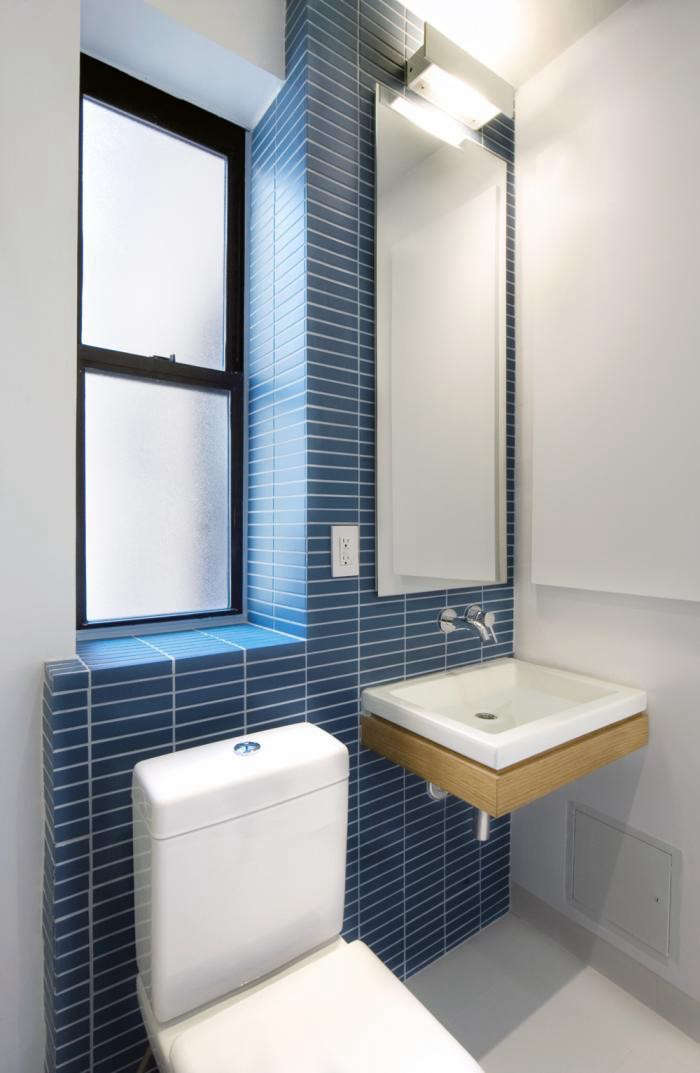
What is the simplest way to light a bathroom?
If you have white or pale walls, the simplest and most effective way to light a bathroom is with diffuse ceiling lights. “A simple glowing center light is a great way to push a lot of light into a bathroom and if you have pale walls, it will bounce and bounce, ” says Paterson.
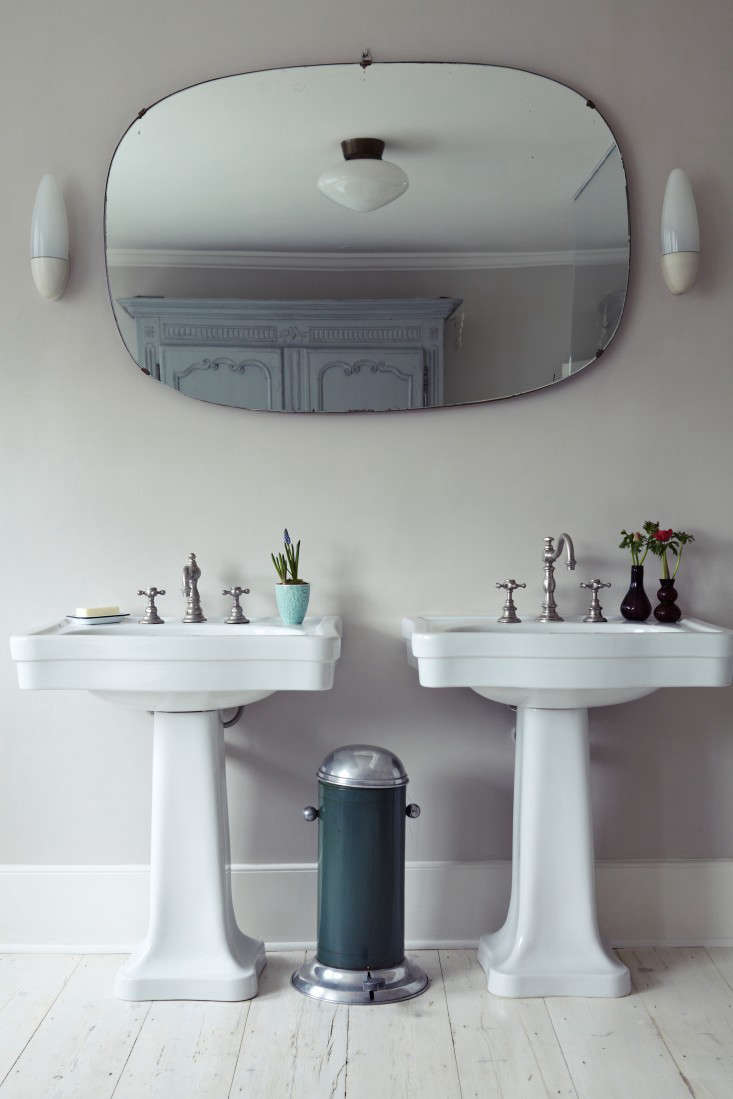
How effective are sconces for lighting a bathroom?
Sconces can be an effective way to light a bathroom and in a light, bright, reflective bathroom, they can even provide enough light on their own. “It’s important to focus on the effect of the fixture as much as the look—turn it on in the store and stand just to the side of it as if it were on the side of a mirror,” says Paterson. “Does your face look good? Ask a friend, take a selfie, or whip out the makeup compact.”

What about downlights in a bathroom?
If you plan to use downlights—ceiling-inset spotlights—in your bathroom, Paterson has a few warnings: “All too often, people use downlights over the vanity thinking this will light the mirror,” he says. “The problem is that the light from downlights goes straight down, and like kids playing with a flashlight, scary shadows occur.” Downlights should be positioned close to the mirror with the light directed to shine into the mirror so that the light reflects back out onto your face. To avoid shadows, position downlights around the sides of the room as opposed to the middle. And if you have light-colored countertops, they’ll reflect the light back up from the downlights.

What is the best way to light a mirror for makeup application?
Maximum light for detailed work can be achieved with vertical fluorescent light fixtures positioned on either side of a mirror. “This provides lots of light without shadows and can create very appealing and glamorous light if you use a warm bulb,” says Paterson. “On the other hand, if you want the precise light that surgeons require, use a cold white bulb. It all comes down to personal taste.”

Is there a difference between lighting a dark space and a light space?
For those who prefer their bathrooms without drama, it’s best to stick with white or pale walls, where the high level of reflectivity from a few or even one diffuse ceiling light source means less light is needed to do the job. Dark bathrooms are dramatic by nature and to successfully light them requires more thought, not to mention more light. The lack of reflectivity means that the light will only go where you direct it. A well-lit sink and vanity area, for instance, need the light source to come from the front—extending out from the mirror, for instance—not from behind.

What’s the best way to light a bathroom while avoiding a cluttered look?
Often the smallest room in the house, the bathroom can get filled up with necessities very quickly. One way of streamlining is by creating indirect light and hiding your light source—such as a powerful fluorescent bulb or LED strip—behind a floating mirror three inches off the wall. It’s a simple and effective way of adding light to a room without introducing clutter.

Bathroom lighting recap:
- Bathrooms require extra care to light well because they’re small and the angles of light reflection from mirrors can cause additional complications.
- The simplest and most effective way to light a light-colored bathroom is a diffuse ceiling light.
- Downlights require careful positioning to avoid shadows.
- Vertical lights that flank a mirror provide maximum light without shadows and are ideal for makeup application.
- Light-colored bathrooms reflect light and therefore require less light than dark bathrooms. Dark bathrooms are trickier to get right, but offer opportunities for drama.
More Remodeling 101 in the bathroom:
- Remodeling 101: Moroccan Tadelakt Plaster Finish
- Remodeling 101: Towel Warmers
- Remodeling 101: How to Choose the Right Tile Grout
N.B. This post is an update; the original story ran on March 27, 2014.
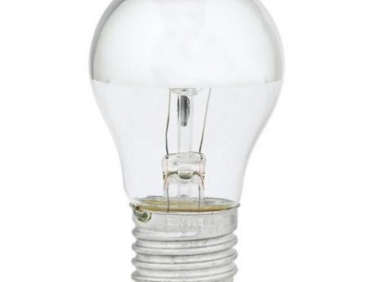
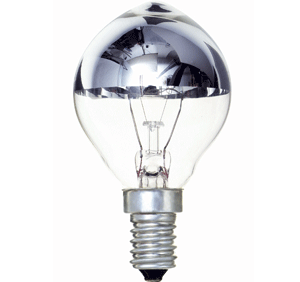
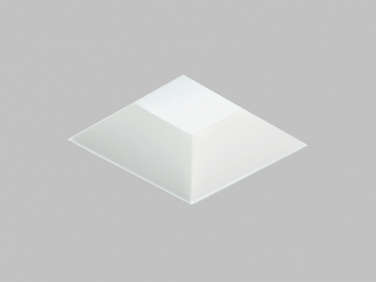




Have a Question or Comment About This Post?
Join the conversation (9)